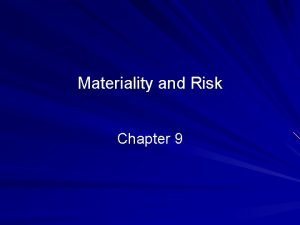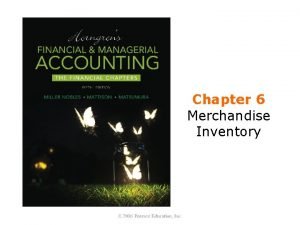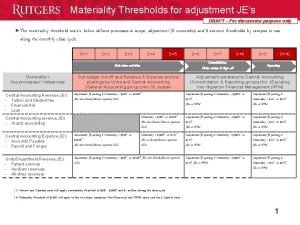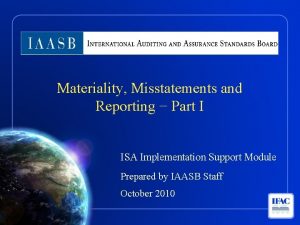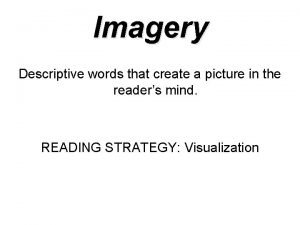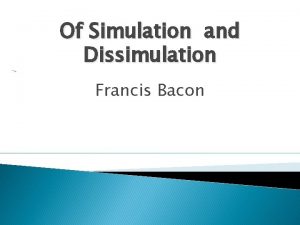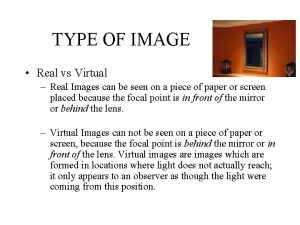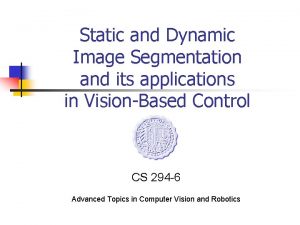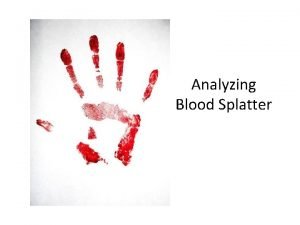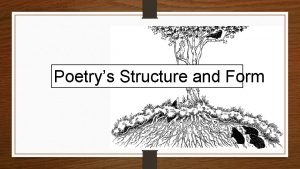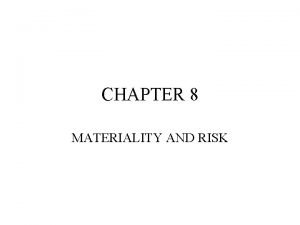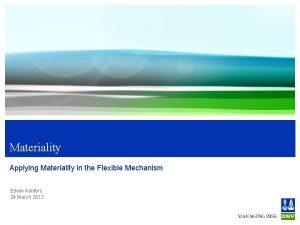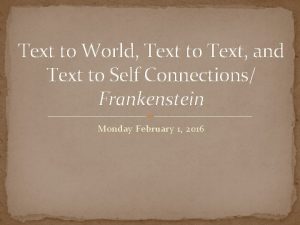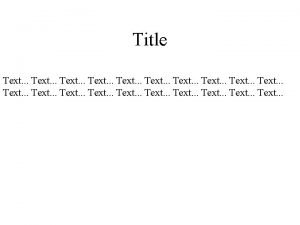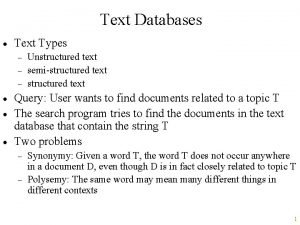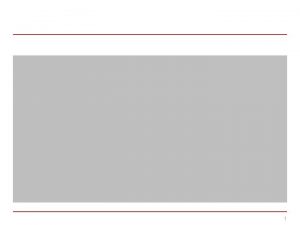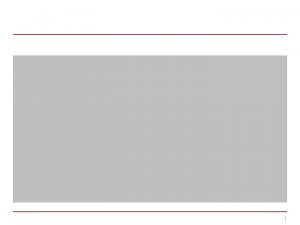IMAGE AND TEXT Poetrys Visual Materiality Francis Chantrey











![[T]hose ‘inventions’ of Romanticism—the representation of culture as a kind of superior reality, irreducible [T]hose ‘inventions’ of Romanticism—the representation of culture as a kind of superior reality, irreducible](https://slidetodoc.com/presentation_image_h/3431c08d2e8a60bc32cf50af035646ec/image-12.jpg)


![‘at the moment the [poem] becomes [an] embodied form and enters the material world, ‘at the moment the [poem] becomes [an] embodied form and enters the material world,](https://slidetodoc.com/presentation_image_h/3431c08d2e8a60bc32cf50af035646ec/image-15.jpg)


![The sculptur’d dead, on each side, […] Emprison’d in black purgatorial rails: Knights, ladies, The sculptur’d dead, on each side, […] Emprison’d in black purgatorial rails: Knights, ladies,](https://slidetodoc.com/presentation_image_h/3431c08d2e8a60bc32cf50af035646ec/image-18.jpg)














- Slides: 32

IMAGE AND TEXT Poetry’s Visual Materiality

Francis Chantrey, “The Sleeping Children” (1817)

‘Never was sleep, and innocent and artless beauty, more happily expressed. It is a lovely and a fearful thing to look on those beautiful and breathless images of death. ’ ‘the deep impression they made on the public mind must be permanent. ’ ‘Francis Chantrey, Sculptor’, Blackwood’s Edinburgh Magazine (1820),

1851, Ceramic, Parian ware, Sleeping Children (after Sir Francis Legatt Chantrey RA) by Minton. held at Calke Abbey © National Trust Sleeping child, a model for or a cast of a marble original once in the Library at Killerton in Devon, plaster. At the Sir John Soane’s Museum London.

FAIR images of sleep, Hallow'd, and soft, and deep, On whose calm lids the dreamy quiet lies, Like moonlight on shut bells Of flowers, in mossy dells, Fill'd with the hush of night and summer skies! How many hearts have felt Your silent beauty melt Their strength to gushing tenderness away! How many sudden tears From depths of buried years All freshly bursting have confess’d your sway! How many eyes will shed Still, o’er your white marble bed […] Send from your calm profound A still small voice, a sound Of hope … […] The faith, trust, joy, of immortality! Felicia Hemans, ‘The Sculptured C




Yet from a voiceless home, If some sad mother come Fondly to linger o'er your lovely rest, As o'er the cheek's warm glow, And the sweet breathings low, Of babes that grew and faded on her breast; If then the dove-like tone Of those faint murmurs gone, O'er her sick sense too piercingly return; If for the soft bright hair, And brow and bosom fair, And life, now dust, her soul too deeply yearn; O gentlest forms! […] Send from your calm profound, A still small voice, a sound Of hope, forbidding that lone heart to sin Felicia Hemans, ‘The Sculptured Childre

gift inscription is dated 1881

![Those inventions of Romanticismthe representation of culture as a kind of superior reality irreducible [T]hose ‘inventions’ of Romanticism—the representation of culture as a kind of superior reality, irreducible](https://slidetodoc.com/presentation_image_h/3431c08d2e8a60bc32cf50af035646ec/image-12.jpg)
[T]hose ‘inventions’ of Romanticism—the representation of culture as a kind of superior reality, irreducible to the vulgar demands of economics, and the ideology of free, disinterested ‘creation’ founded on the spontaneity of innate inspiration— appear to be just so many reactions to the pressures of an anonymous market [for poetry as commodity] Mark C. Taylor, “Capitalizing (on) Gifting”, (2002)

Originally published in 1851, it had reached its seventh edition by 1872. Embellished with 53 tinted illustrations by Birket Foster. “Christmas With the Poets” was honoured by the Trustees of the British Museum in being chosen for display in the Great Exhibition of 1851 as an example of contemporary book illustration and printing.

c. 1870 1881 1880
![at the moment the poem becomes an embodied form and enters the material world ‘at the moment the [poem] becomes [an] embodied form and enters the material world,](https://slidetodoc.com/presentation_image_h/3431c08d2e8a60bc32cf50af035646ec/image-15.jpg)
‘at the moment the [poem] becomes [an] embodied form and enters the material world, the “eye” of the reader replaces the “I” of the poet, affirming the book’s human uses and social destinations’ ‘as a material object addressed to the eye, the book occupies a significant position in visual culture: it is an optical instrument for viewing, representing, and forming the world. ’ Lorraine Janzen Kooistra. Poetry, Pictures, and Popular Publishing : the Illustrated Gift Book and Victorian Visual Culture, 1855 -1875. (2011)

Discourse was deemed Man’s noblest attribute, And written words the glory of his hand; Then followed Printing with enlarged command For thought—dominion vast and absolute Now prose and verse sunk into disrepute Must lacquey a dumb Art that best can suit The taste of this once-intellectual Land. A backward movement surely have we here, For manhood—back to childhood; for the age— Back towards caverned life’s first rude career. Avaunt this vile abuse of pictured page! Must eyes be all in all, the tongue and ear Nothing? Heaven keep us from a lower stage! From Wordsworth’s sonnet “Illustrated Books and Newspapers” (1846)

‘Splendid nonentities, Christmas gift books, as a class, are books but by courtesy. Designed to attract a languid perusal, to follow the roast turkey, these volumes are published only to glitter for a fortnight, illustrated only to catch the eye, compiled only to justify the illustrations’ Francis Douce, Macmillan’s magazine, 16. 94 (1867) 281 5.
![The sculpturd dead on each side Emprisond in black purgatorial rails Knights ladies The sculptur’d dead, on each side, […] Emprison’d in black purgatorial rails: Knights, ladies,](https://slidetodoc.com/presentation_image_h/3431c08d2e8a60bc32cf50af035646ec/image-18.jpg)
The sculptur’d dead, on each side, […] Emprison’d in black purgatorial rails: Knights, ladies, praying in dumb orat’ries The Poetical Works of John Keats. Illustrated by 120 designs, original and from the antique, drawn on wood by George Scharf. London: Edward Moxon, 1854


The Poetical Works of John Keats, edited by H. Buxton Forman. Fourth edition. Illustrated by W. H. Low and others. London Reeves and Turner 1895. The Poetical Works of John Keats. Edited by William B. Scott (1894)

William Holman Hunt, The Flight of Madeline and Porphyro (1848)

Daniel Maclise, Madeline After Prayer (1868)

“Unclasps her warmed jewels one by one; Loosens her fragrant boddice; by degrees Her rich attire creeps rustling to her knees: Half hidden, like a mermaid in sea weed, ” John Everett Millais, Madeleine Undressing (1863)

A casement high and triple-arch'd there was, All garlanded with carven imag'ries Of fruits, and flowers, and bunches of knot-grass, And diamonded with panes of quaint device, Innumerable of stains and splendid dyes, As are the tiger-moth's deep-damask'd wings; And in the midst, 'mong thousand heraldries, And twilight saints, and dim emblazonings, A shielded scutcheon blush'd with blood of queens and kings. [ll. 208 -216]

Keats places Madeline's bed behind her (a point of some importance to the incident, because Madeline "dares not look behind, or all the charm is fled"); Mr. Millais, in front of her; Keats's scene is Medieval, Mr. Millais's Jacobean; Keats's window is "triple arched, " Mr. Millais's square and square mullioned; Keats's moonlight (we have heard even this proposed as an objection to the picture) is inaccurately like sunlight in the colours which it casts from the win dow; Mr. Millais's is accurately silvered down. Fraser's Magazine, 1863.

poetically gave the tints of sunlight passing through gorgeous glass to the wintry moonbeams which colour his heroine with more than Venetian splendour. This was, perhaps, a just license to the artist who paints in words. He who paints in colours has, with equal justice, corrected the image, and thrown over his figure pale lurid rays, which rarely carry with them any indication of warmth. . But we must venture to urge, that Mr. Millais's amended version of the great Poet—and of the great Poet in his greatest work—should have stopped here. Palgrave, 1863.

In literary theory, the prevailing philosophical emphasis on scientific (observable) truth took the form of the belief that a modern work of imaginative literature should be judged by its fidelity to life (life selectively idealized, at any rate—not life as uncomfortably, insecurely, even brutally experienced and seen). When art critics required that painters be faithful to their sources, therefore, they were simply upholding the corollary that modern pictorial art which depicted human experience, whether or not it derived from a literary work, should itself be true. Richard Altick, Paintings from Books: Art and Literature in Britain, 1760 -1900. (1985)




Brougham Castle which is mentioned at the start of William Wordsworth's poem The Prelude, as well as becoming the subject of Wordsworth's Song at the Feast of Brougham Castle upon the Restoration of Lord Clifford, the Shepherd, to the Estates and Honours of his Ancestors

Suggested Further Reading • Altick, Richard, Paintings from Books: Art and Literature in Britain, 1760 -1900. Ohio State University Press, 1985. https: //ohiostatepress. org/books/Complete%20 PDFs/Altick%20 Paintings. htm • Gates, Barbara T. Natures Name: An Anthology of Women's Writing and Illustration 1780 -1930. Uinversity of Chicago Press 2002 • Krieger, Murray, Ekphrasis: The Illusion of the Natural Sign (1992) • Meisel, Martin. Realizations: Narrative, Pictorial, and Theatrical Arts in Nineteenth-Century England. Vol. 775. Princeton University Press, 2014. • Pointon, Marcia. "The artist as ethnographer: Holman Hunt and the Holy Land. " Pre-Raphaelites Re-Viewed. Ed. Marcia Pointon. Manchester, UK: Manchester University Press, 1989. • Scott, Grant F. The Sculpted Word: Keats, Ekphrasis, and the Visual Arts. Hanover NH: University Press of New England, 1994. • Skilton, David. “The Centrality of Literary Illustration in Victorian Visual Culture: the example of Millais and Trollope from 1860 to 1864. ” Journal of Illustration Studies (December 2007 • Spiegelman, Willard. Majestic indolence: English romantic poetry and the work of art. Oxford. 1995 • Watkinson, Raymond. Pre-Raphaelite Art and Design. London: Studio Vista Limited, 1970. • The Enigma of Gift and Sacrifice, edited by Edith Wyschogrod, Jean Joseph Goux, Eric Boynton (Fordham University Press, 2002) • Janzen Kooistra, Lorraine, Poetry, Pictures, and Popular Publishing : the Illustrated Gift Book and Victorian Visual Culture, 18551875. Athens : Ohio University Press, 2011
 Perbedaan overall materiality dan performance materiality
Perbedaan overall materiality dan performance materiality What is an example of a text-to-media connection?
What is an example of a text-to-media connection? Materiality and risk
Materiality and risk Principle of materiality
Principle of materiality Materiality concept
Materiality concept Prudence concept in accounting
Prudence concept in accounting Going concern assumption
Going concern assumption Constraint accounting
Constraint accounting Materiality threshold
Materiality threshold Clearly trivial threshold
Clearly trivial threshold I isa
I isa Hospitality management accounting
Hospitality management accounting What are constraints in accounting
What are constraints in accounting Image information and visual quality
Image information and visual quality Analog image and digital image
Analog image and digital image Jelaskan definisi pemrograman visual
Jelaskan definisi pemrograman visual Visual basic image processing
Visual basic image processing Imagery creating pictures with words
Imagery creating pictures with words Simulation and dissimulation
Simulation and dissimulation Of simulation and dissimulation by francis bacon summary
Of simulation and dissimulation by francis bacon summary The crucible vocabulary act 3
The crucible vocabulary act 3 Reale vs virtuale
Reale vs virtuale Virtual vs real image
Virtual vs real image Translate
Translate Optimum notch filter in image processing
Optimum notch filter in image processing Compression models in digital image processing
Compression models in digital image processing Key stage in digital image processing
Key stage in digital image processing Fidelity criteria in image compression
Fidelity criteria in image compression Image sharpening in digital image processing
Image sharpening in digital image processing Motion segmentation
Motion segmentation Image geometry in digital image processing
Image geometry in digital image processing Area of convergence
Area of convergence Image formation model in digital image processing ppt
Image formation model in digital image processing ppt


